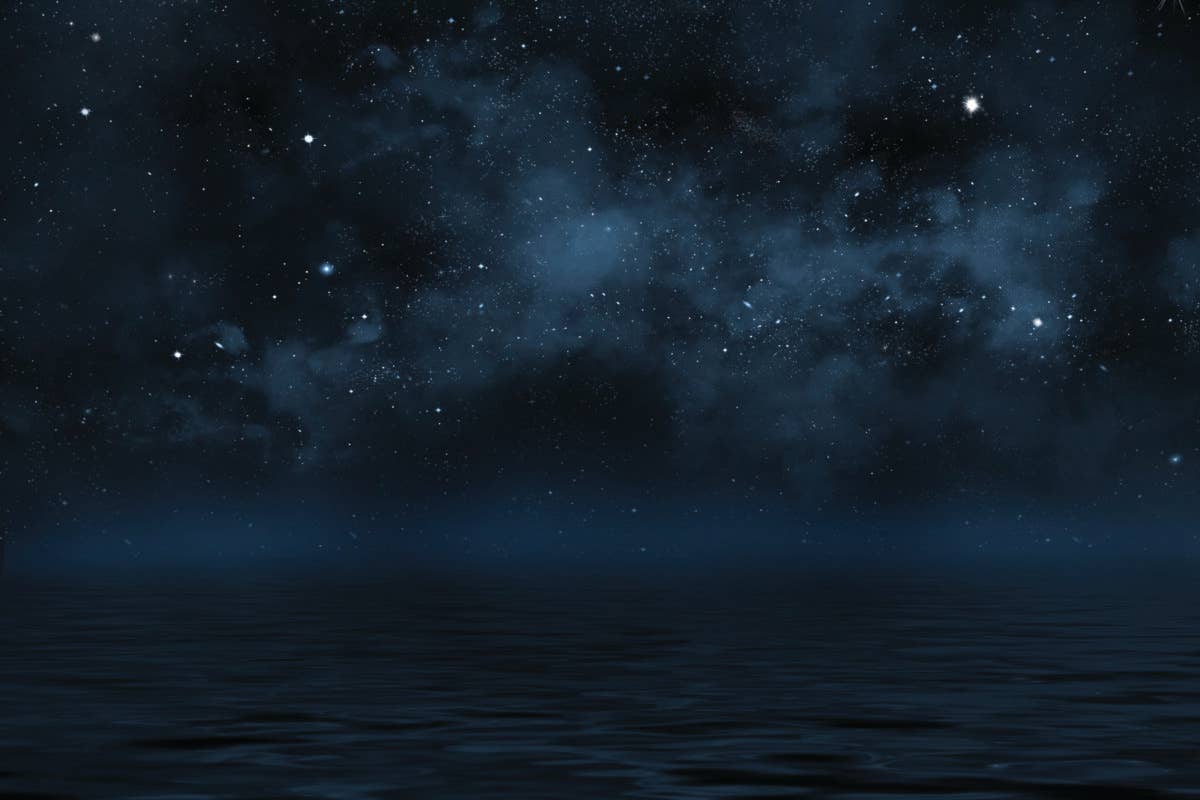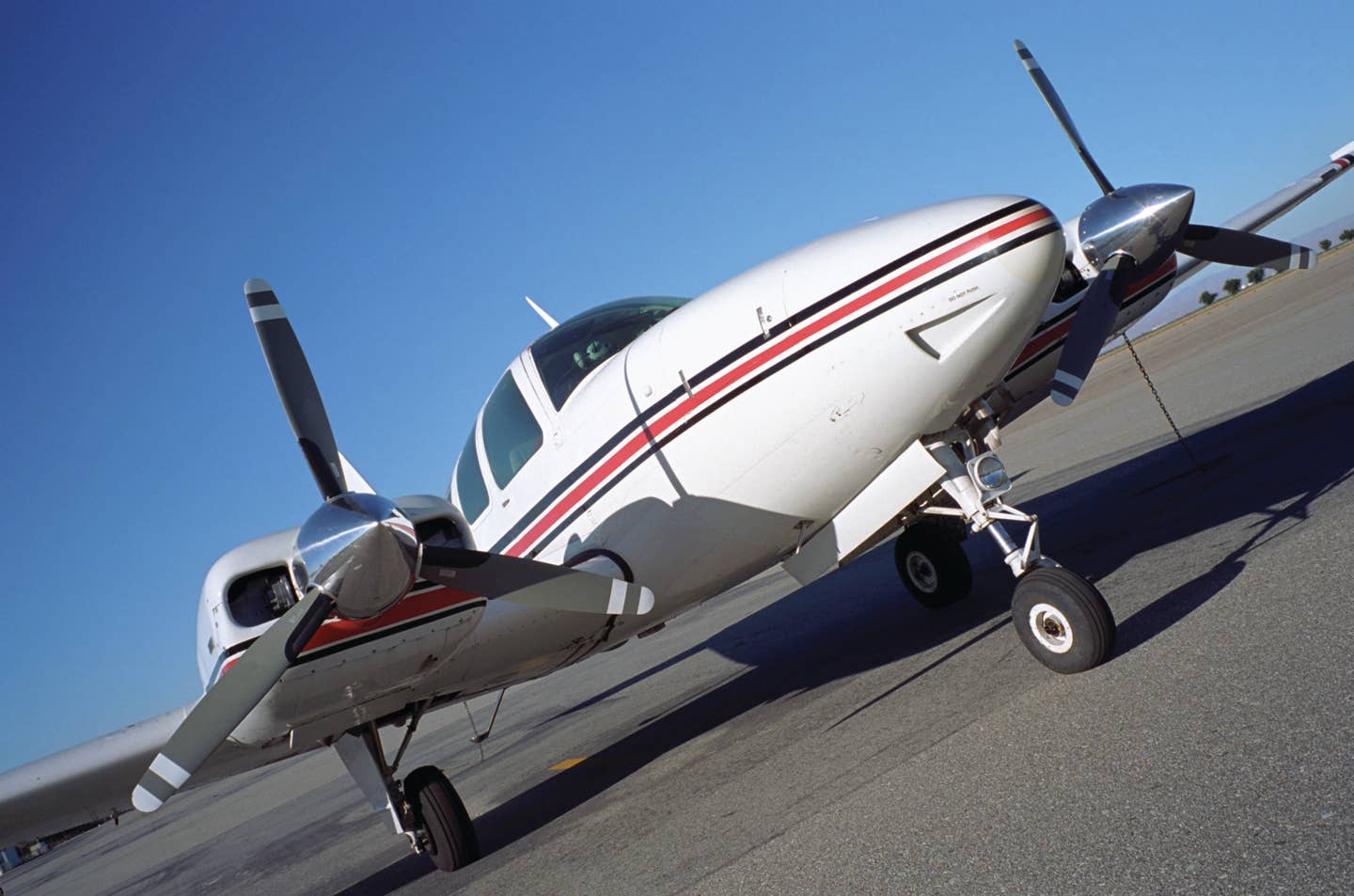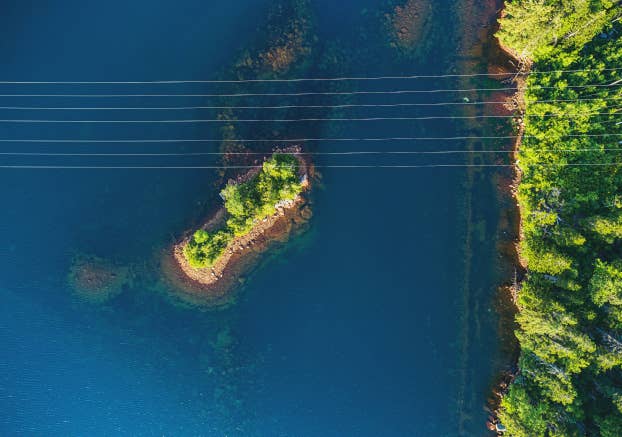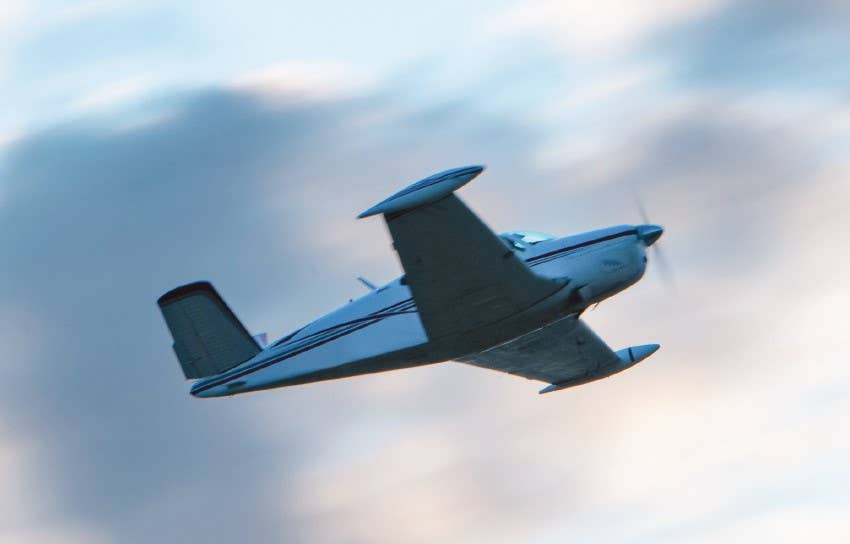Flying Into Total Darkness, Inside the Cow
The airplane disappears behind trees, reappears, turns, seems to aim straight for the startled stargazers on the shore.

[Credit: Adobe Stock]
An hour before midnight. The stillness of a northern Minnesota lake. Ripples on pebbles exposed in the water, reboantic loons. Darkness. Starlight.
Then suddenly, close by, the incongruous snarl of an airplane engine. Red and green lights race into view, swooping and plunging. The airplane disappears behind trees, reappears, turns, seems to aim straight for the startled stargazers on the shore. It veers away, zooms upward. Its lights become momentarily hazy and diffuse. The airplane again turns, dives, disappears behind trees. Then a dreadful sound, part boom, part thud, for which there is no name. And then silence.
Moments later, shouts and footfalls, the unlimbering of boats, clatter of oars and outboard motors, lights and voices out on the water, searching. Clouds have moved in; the stars are extinguished. The wreckage of the Lancair ES rests 25 feet down, on the bottom of White Iron Lake. The pilot, 58, who had hoped to reach his cabin near Grand Marais that night, sleeps there as well.
From Ely, Minnesota (KELO), where the Lancair took off, to Grand Marais (KCKC) is only 58 nm, more or less due east. The kitbuilt four-seater would make the trip in 20 minutes. But on the night of the accident there were complications. It was dark and moonless. The area between Ely and Grand Marais is a wilderness completely devoid of lights. An AIRMET warned of possible IFR conditions in mist and fog. The Aviation Forecast Discussion issued from Duluth a few hours before the accident talked of a chance of “fog at all terminals,” as evening temperatures fell. However, conditions were expected to improve to VFR everywhere the next morning.
Between Ely and Grand Marais is the southern edge of a prohibited area, P-204, in which flight below 4,000 feet msl is prohibited to help preserve the primeval quality of the Boundary Waters Canoe Area Wilderness, where no motorized vehicles of any kind are permitted. The weather at Ely, where the pilot had landed earlier in the day and was now waiting for fog at Grand Marais to
lift, was VFR with clouds reported at 3,200 scattered, 4,100 broken, with unlimited visibility. Uncomfortably, there was a space of only a few hundred feet between the ceiling of the prohibited area and the base of the lowest clouds. The distribution of cloud cover—whether it was clearer to the east, or the scattered clouds became broken or solid—was impossible to know.
After taking off, the pilot flew northeast, making a somewhat unsteady track along the western edge of White Iron Lake. This made no apparent sense, as he was not going toward his destination. But perhaps it made sense in that there were habitations and lights in that direction, and his first instinct was to orient himself using those lights.
He was airborne for just four minutes before crashing into the lake near its north end.
Often, National Transportation Safety Board accident investigators interview friends and relatives of pilots to find out whether the route on which they lost their lives was one they had successfully flown before. They examine logbooks to see how much experience the pilot had in conditions similar to those of the accident flight. In this case, the accident docket includes no such information. We don’t even know if the airplane had a functioning autopilot—such airplanes usually do—or whether the pilot was in the habit of using it.
What we do know about the pilot is that he had 400 hours. From the FAA aircraft registry, it appears he may have acquired the airplane from its builder five years earlier. He had begun working on an instrument rating and had logged about 15 hours under the hood. His instructor told investigators that he was not ready for flight in IMC (instrument meteorological conditions) and “nowhere near ready for a check ride.”
It’s clear that the pilot became disoriented. Possibly he experienced some degree of vertigo. The zooming and plunging motions described by witnesses are not uncommon when a pilot becomes disoriented, panics, and begins to fly not smoothly but with a series of violent over-corrections. That’s where an autopilot comes in handy. With a flick of a switch, the rattled pilot can let go of the controls and try to calm down.
We don’t know what weather sources the pilot had consulted, or when. We don’t know how much night flying experience he had. We do know, however, that he lived in the Minneapolis area, and so it’s possible that most of his night flying experience had occurred in places with lots of ground lighting. It’s significant too that a flight from Minneapolis to Grand Marais never leaves ground lights, and so it may be that he had flown that route at night but did not realize how different the experience would be if the flight started from Ely.
The NTSB blamed the accident on the pilot’s “improper decision to attempt flight into instrument meteorological conditions.” The phrasing strikes me as imprecise, in that “instrument meteorological conditions” usually suggests fog and clouds, not just a dark night. There’s no way to know whether the pilot strayed into an unseen cloud or whether the lack of any horizon or ground lights was sufficient to disorient him, but I think it’s very unlikely that he made a deliberate choice to fly into IMC. He cannot have forgotten the difficulties he experienced flying under the hood. He may or may not have entered clouds—the radar record of his track suggests that he stayed below them—but in total darkness it makes no difference whether you’re inside a cloud or not.
It’s customary, when discussing pilots’ decision-making, to assume that a pilot is a “rational actor.” Rationally, the pilot’s choices were three. He could stay the night at Ely. He could follow Highway 1 down to Lake Superior and then hug the shoreline up to Grand Marais, a dogleg that would add 30 nm to his trip but keep him over some lights. Or he could try the short, direct flight. Knowing the outcome, we realize that the option he chose was distinctly the worst. But with VFR conditions at Ely, and after waiting hours for Grand Marais to go VFR, he may have ceased to think of what lay between.
He may have had no idea what total darkness—the proverbial “inside of a cow”—would be like. He probably also did not know how he would react to becoming disoriented, alone and in the dark, or how easy it would be for that to happen once the terrain ahead of him ceased to have any lights, or had so few, and those so small and faint that they could not be differentiated from stars.
But really, it was just a 20-minute flight. The terrain was flat, the clouds were thousands of feet up. How hard could it be?
This article is based on the National Transportation Safety Board’s report of the accident and is intended to bring the issues raised to our readers’ attention. It is not intended to judge or to reach any definitive conclusions about the ability or capacity of any person, living or dead, or any aircraft or accessory.

Sign-up for newsletters & special offers!
Get the latest FLYING stories & special offers delivered directly to your inbox






